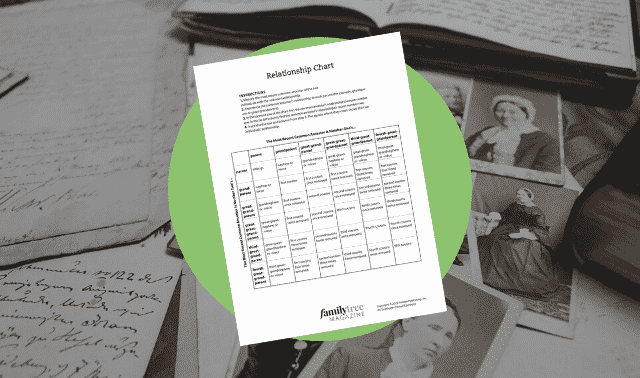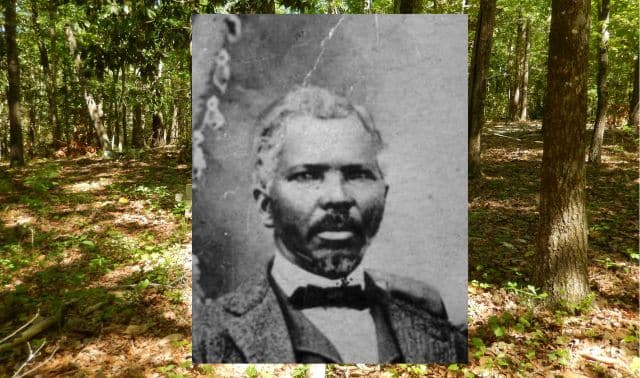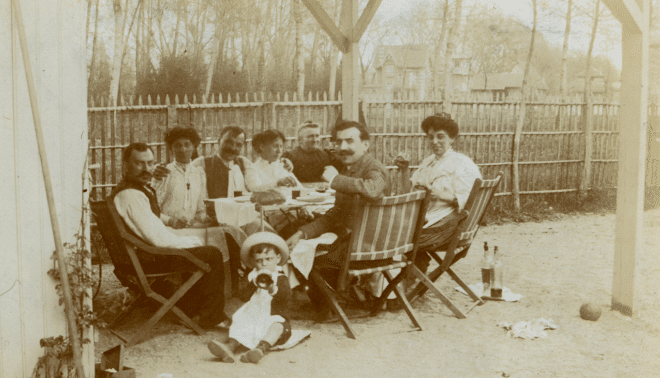Sign up for the Family Tree Newsletter! Plus, you’ll receive our 10 Essential Genealogy Research Forms PDF as a special thank you.
Get Your Free Genealogy Forms
"*" indicates required fields

What’s the correct term for aunts and uncles?
Q: Some sources say my brother’s grandchildren are my grandniece and grandnephews. If that’s the case, why am I a great-aunt? What’s the correct term?
A: Great-aunt or great-uncle is a lot like second cousin: It’s common practice for people to call their grandparents’ siblings by these terms, just as they often refer to first cousins’ children as second cousins—but neither is technically correct. As you noted, the proper term for your relationship to your brother’s grandchildren is grandaunt, just like grandparent. Grand means that the relatives in question are two generations removed from one another.
So aunts and uncles follow the same pattern as parents as you tack on generations:
| parent | aunt/uncle |
| grandparent | grandaunt/granduncle |
| great-grandparent | great-grandaunt/great-granduncle |
| great-great-grandparent | great-great-grandaunt/great-great-granduncle |
And so on. “It’s a mistake to lump [grandaunts and granduncles] in with the greats,” says Jackie Smith Arnold in Kinship: It’s All Relative 2nd edition (Genealogical Publishing Co.). “Mixing the generations causes confusion.” That may be the case, but because of the common misusage of great-aunt, grandaunt might not be any clearer to your relatives. Of course, having your grandnephews call you that certainly doesn’t hurt anything—it’s up to you whether you want to correct them!
Related Reads
FamilyTreeMagazine.com is a participant in the Amazon Services LLC Associates Program, an affiliate advertising program designed to provide a means for sites to earn advertising fees by advertising and linking to Amazon.com and affiliated websites.








